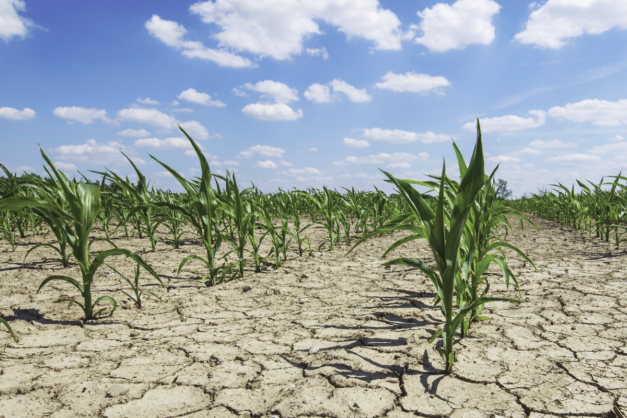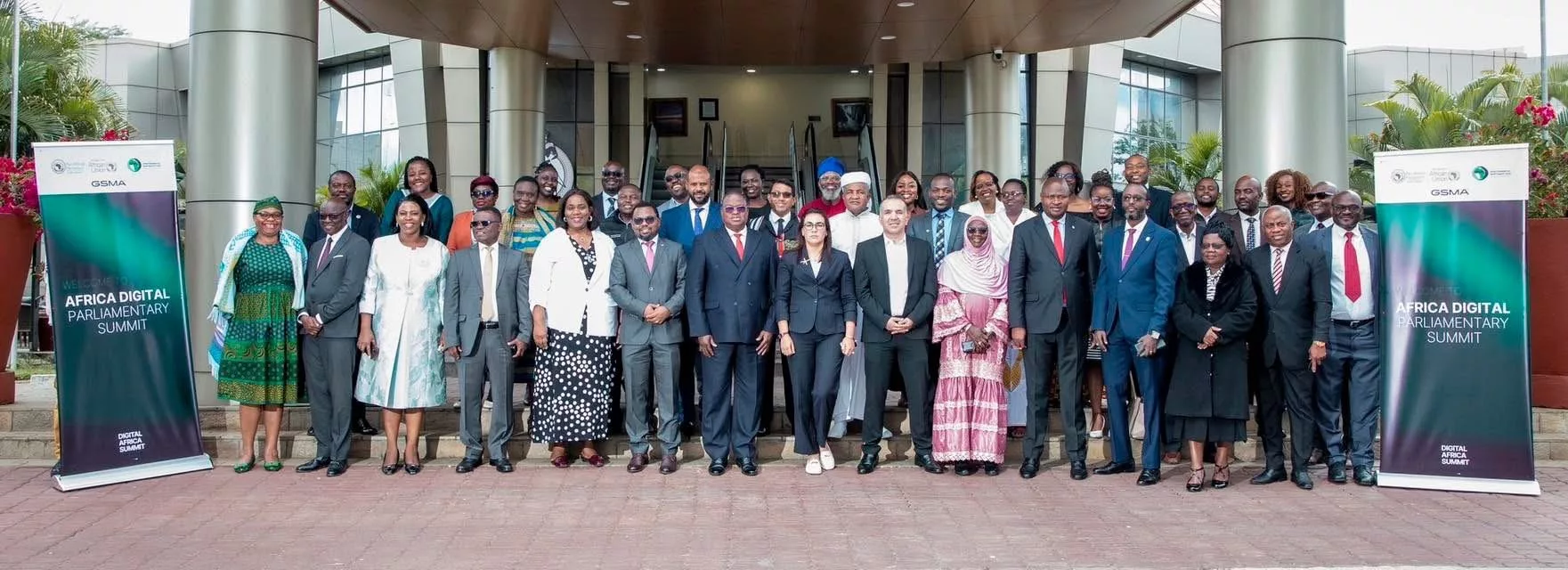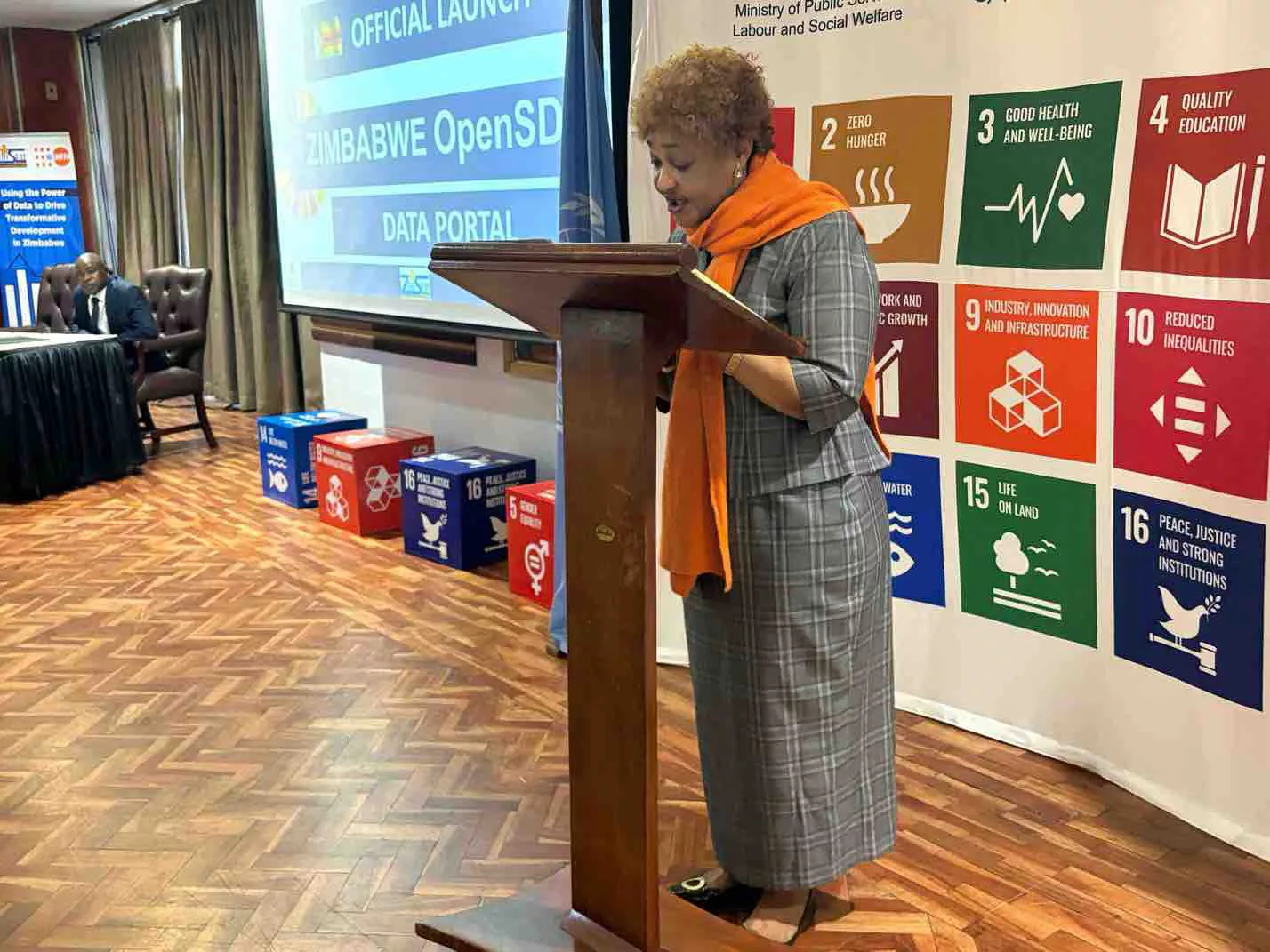|
Getting your Trinity Audio player ready...
|
Among the many difficult challenges facing grain, executives are assessing climate change impacts. The headline of a special Fitch report, published in June, provided a stark reminder of the massive stakes associated with climate change: “Developing countries are more challenged by climate change adaptation.”
The report’s focus was on “the stark differences across the world in how countries experience and can adapt to climate risks. Emerging market economies face more adverse consequences from physical climate risk and greater challenges in adapting to them compared to their advanced economy counterparts.”
According to a landmark report issued by the Intergovernmental Panel on Climate Change (IIPC), approximately nine years remain to limit climate change catastrophe — with significantly worsened risks of drought, floods, extreme heat, and poverty for hundreds of millions. Eight out of the 35 countries at greatest risk from climate change already are experiencing extreme food insecurity.
Climate change is set to affect yield quantity and quality, reproduction, growth rates, and increased temperature-related stress and deaths in livestock, as well as feed quality and spread of pests, ruminant and zoonotic diseases. Water-resource availability for livestock will decrease because of increased runoff and reduced groundwater resources. Globally, a decline in livestock of 7% to 10% is expected at a 2°C increase, with associated economic losses of between $9.7 billion and $12.6 billion.
Dr. Sally Uren, chief executive officer of Forum for the Future, understands climate impacts on agriculture — and the ways in which it has become a threat to security, and a contributor to global conflicts. Climate projections anticipate a 54% increase in armed conflict (393,000 deaths) by 2030 in the absence of climate change mitigation.
The World Economic Forum announced that biodiversity loss is the third greatest threat facing humanity, behind weapons of mass destruction and state collapse. Since the 1900s, 75% of plant genetic diversity has been lost as farmers worldwide have swapped local varieties for genetically uniform, high-yielding varieties, and today just 12 crops and five animal species provide 75% of the food we produce. This loss of agricultural diversity has contributed to climate change, ecosystem destruction, and hunger.
Uren sees the global agricultural value chain “already struggling under disrupted logistics, and the effects of COVID-19 and the war in Ukraine have revealed how complex systems we have taken for granted can break down under pressure. Current trends show even greater changes on the horizon that will increasingly strain the context in which these value chains work. Unless we re-think and re-design them, they are likely to buckle and may break.”
However, there is not enough understanding about how to make change happen. And where there is activity, it is often incremental with a narrow focus (e.g. living wage or logistics). As the Forum puts it: “We need to take a more systemic, longer-term view.”
Uren’s judgment is that “more change — and challenge — is coming. Changing weather will increasingly impact agricultural production, at the same time as the imperative for climate mitigation necessitates changing land use.”
Climate disruption will impact costs and security of logistics such as transport. Other trends like automation and increased scrutiny in regulation will force value chains to adapt or suffer. Exposed to the inevitable shocks, the “just in time” delivery model — increasingly becoming “just in case” — is unlikely to be able to deliver.
Uren’s view is that “change is already overdue. Reaching net zero emissions calls for radical mitigation across agricultural value chains. But we need to solve value chain issues not just to ensure reliable supply so business can thrive, but for social and environmental good. Long standing structural inequalities and power dynamics must also be addressed if we are to create an industry that is equitable and fair, and resilient to a significantly altered climactic and social context.”
Developing countries struggle to adapt
According to the “UN Environment Programme Adaptation Gap Report 2021,” developing countries need to spend $280 billion to $500 billion annually until 2050 on projects to adapt to climate change. Such adaptation projects are complex and expensive. However, as Fitch notes, “most of these countries have limited financial resources to devote to climate change adaptation, especially in the current inflationary environment with pandemic-diminished resources. And many countries lack the institutional capacity to execute adaptation projects.”
Another of Fitch’s reports, published in May, showed that “developing countries are more challenged by climate change adaptation.” Consider the situation in India, a major wheat producing country where the national diet has a significant grains component. Fitch predicts that power outages, often resulting from climate change, will hit agricultural production, “leading to significant cuts to output and weighing further on India’s economic growth — particularly if the heatwaves continue.”
Aurelia Britsch is the director of climate risk at Sustainable Fitch, based in Singapore. She has concluded that “one of the most significant and structural medium- and long-term risks the agribusiness sector faces is climate change and climate policy, and associated physical and transition risks.”
Regarding the physical risks associated with climate change, Britsch noted that it is widely anticipated that “changing weather patterns will have a significant impact on agricultural production over the coming decades. More so than any other sector, even small changes in climatic conditions can result in large gains or losses in crop yields and production quantities. Owing to the seasonal nature of production for most crops, short-lasting weather events can have long-lasting impacts on supplies, impacting prices.”
Varying impact on major grain producers
While the extent of temperature increases and their impact on weather and nature, and in turn on agricultural land and yields, is still subject to uncertainty, scientists from the Nobel Prize-winning IPCC agree: the overall impact on agricultural yields will be negative, on a global basis.
Adaptation capability vary greatly across countries. The World Resources Institute estimated in 2022 that the cost for adaptation and residual damage to major crops on a global basis would amount to $63 billion under a 1.5°C increase in temperature, $80 billion under a 2°C scenario, and to $128 billion under a 3°C scenario.
Britsch points to a measure of comparison: “current policies presently in place around the world are projected to result in about 2.7°C warming,” according to Climate Action Tracker. On a country-by-country basis, developed economies will be able to adapt much more to the physical impact of climate change, given a more developed insurance sector, better infrastructure and economic and financial resilience.
In this context, among the largest agribusiness suppliers, and based on academic research, Fitch Solutions has identified that the United States, the European Union (especially in southern countries) and China will see a negative impact of climate change on agricultural productivity. In Russia, rising temperatures will likely negatively impact yields in current production regions, and while there is potential to expand output into northern regions, weak infrastructure could hinder plans to do so. Canada and Brazil could see increased yields. In India, changes to summer monsoon will have an effect on yields, but the IPCC highlights that there is a high level of uncertainty regarding the impacts of climate change in the country.
Fitch argues that “the agribusiness sector will also increasingly be impacted by climate change transition risks, which represent the range of business-related risks that follow societal and economic shifts toward a low-carbon and more climate-friendly future.” Fitch is in the process of “developing sector and entity corporate climate vulnerability long-term scores, which measure the relative vulnerability to a rapid low-carbon transition between 2025 and 2050 across sectors.”
Britsch said this “incorporates a global transition to a climate limited to 2°C above pre-industrial levels by 2050. Under this credible scenario, Fitch expects the agribusiness sector as a whole to see minimal climate policy pressure in the next 10 years.” In the longer term, out to 2050, climate policy will build up significantly, in particular for ruminant meat that “will struggle to reduce emissions and face rising competition from an increasingly cheap and abundant offering of alternative meats (plant-based and cellular protein).
“Aside from meat, other agribusiness sectors will face much more moderate transition risks, with dairy players and crop producers (in particular soybeans and palm oil) still facing more risks than agricultural commodity trading and processing, and packaged food players.”
So far, the agribusiness sector has been relatively shielded from climate-related policies. As Britsch noted, this is “despite agriculture, land use and forestry sector being the second largest contributor to global greenhouse gas (GHG) emissions, after the energy sector. It accounted for 22% of global GHG emissions in 2019.”
Undeniable progress on agribusiness’ role in climate has been made at COP26: the “Deforestation Pledge” and the “Methane Pledge” have put agriculture at the forefront of climate action.” As a result, the next few years will see some governments move on these pledges and start implementing the first climate policies in agribusiness, slowly broadening emission trading schemes, implementing environmental trade protectionism rules, and increasing funding for private sector-led climate mitigation initiatives.
As attention toward the impact of agribusiness on climate change continues to rise, key players in the sector increasingly are making their own greenhouse gas emission reduction and environment protection pledges. However, agribusiness companies tend to lag. Companies also likely will face a rise in Environmental, Social and Governance (ESG)-linked litigation, due to biodiversity loss and deforestation, breach of underlying legal frameworks, or false reporting. It is likely that investors are significantly underpricing climate change impacts, and the Green Transition’s impacts on the agribusiness sector. Taken together, these factors mean a marked disruption is likely in a few years.
In this light, Britsch was quick to point out that “a number of opportunities arising from the increased participation of the agribusiness sector to the Green Transition are also present ahead for a variety of players.”
These include product diversification to reduce exposure to climate change business risks, in particular toward alternative protein; feed innovation; fertilizer and crop protection innovations; and pricing and market access opportunities for lower-emission products.
Three key takeaways
The Forum for the Future offers three key messages regarding climate change’s agricultural impact:
1. Climate change will increasingly negatively impact the agricultural production of all agricultural crops, and there is growing evidence that bread baskets are going to fail.
Climate change often is called a threat multiplier, impacting existing problems. As droughts, storms, and floods increase, their interconnected impacts can be felt through global economic and trading systems. For example, the prices of the four main traded food crops in the world (wheat, maize, rice, and soybeans), produced in breadbaskets such as Australia, Brazil, the United States, and Europe, are vulnerable to simultaneous failures. When this has happened in the past, there is evidence that this has contributed to food price riots and, arguably, conflicts. For example, droughts and heatwaves in the Ukraine and Russia in 2007 and in 2009 damaged wheat crops and caused global wheat prices to rise considerably. With climate change, there is a likelihood of increased water stress across these breadbaskets, which will put increased pressure on the food system and prices.
2. There is a vicious circle of climate change and land use — as climate change impacts production, we will need more land to produce food.
More than two-thirds of global wheat is used for food, 20% is used for livestock feed, and another 3% to 5% each for seed, industrial use, and other uses. Feeding the growing world population at a time when climate change will be disrupting where, how, and if crops can be grown will put increasing pressure on land use. There will be increasing stress between land use for food, fiber, and fuel. A key challenge is if a company is planning to grow year-on-year, where is that (land) resource going to come from? One part of the answer is diversification, with more crop variety reducing breadbasket failure risks.
3. Climate change and disruption are already affecting harvests, and more severe disruption will follow.
This year, apart from the war in Ukraine, the weather has had an impact on several major wheat-exporting countries.
“Drought, floods and heatwaves threaten crops in some other major producers (US, Canada, and France),” said Kelly Goughary (Gro Intelligence).
Global wheat production for the 2022-23 period will be the lowest for four years, and global stocks of wheat are predicted to be at their lowest for six years, according to a US government report. Gro Intelligence points out that global fertilizer prices have tripled over the past year, risking “significant” reductions in crop yields this year. It estimates that this — together with other factors — means global wheat stocks are down to their lowest level since the 2008 financial crisis.
Climate change increases the likelihood of global conflicts, as regions compete for increasingly scarce resources. The Forum puts it this way: “We need to re-think what global value chains may look like in light of these trends and innovate more resilient and future fit models that can meet and serve the needs of the future.”
Source: Wolrd Grain






